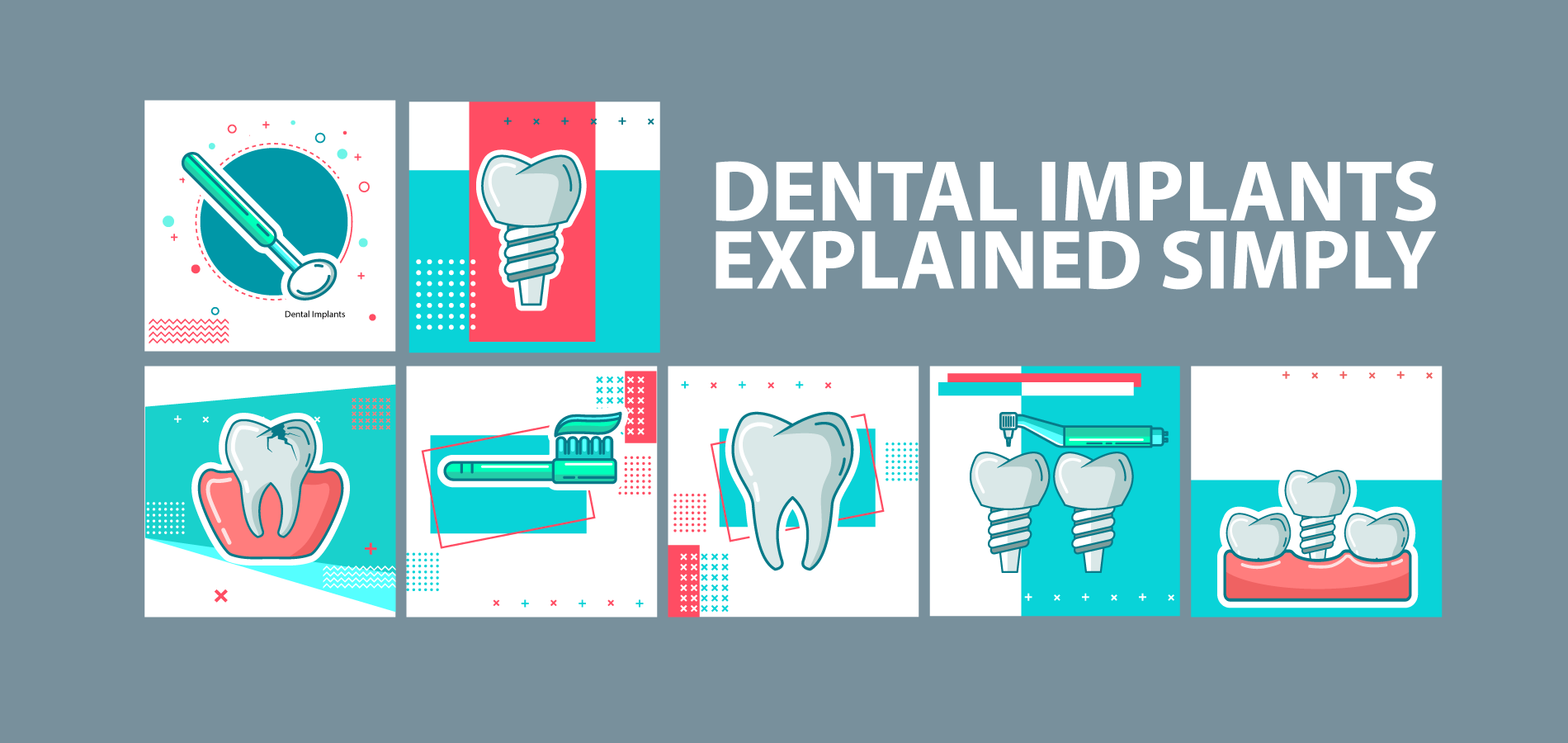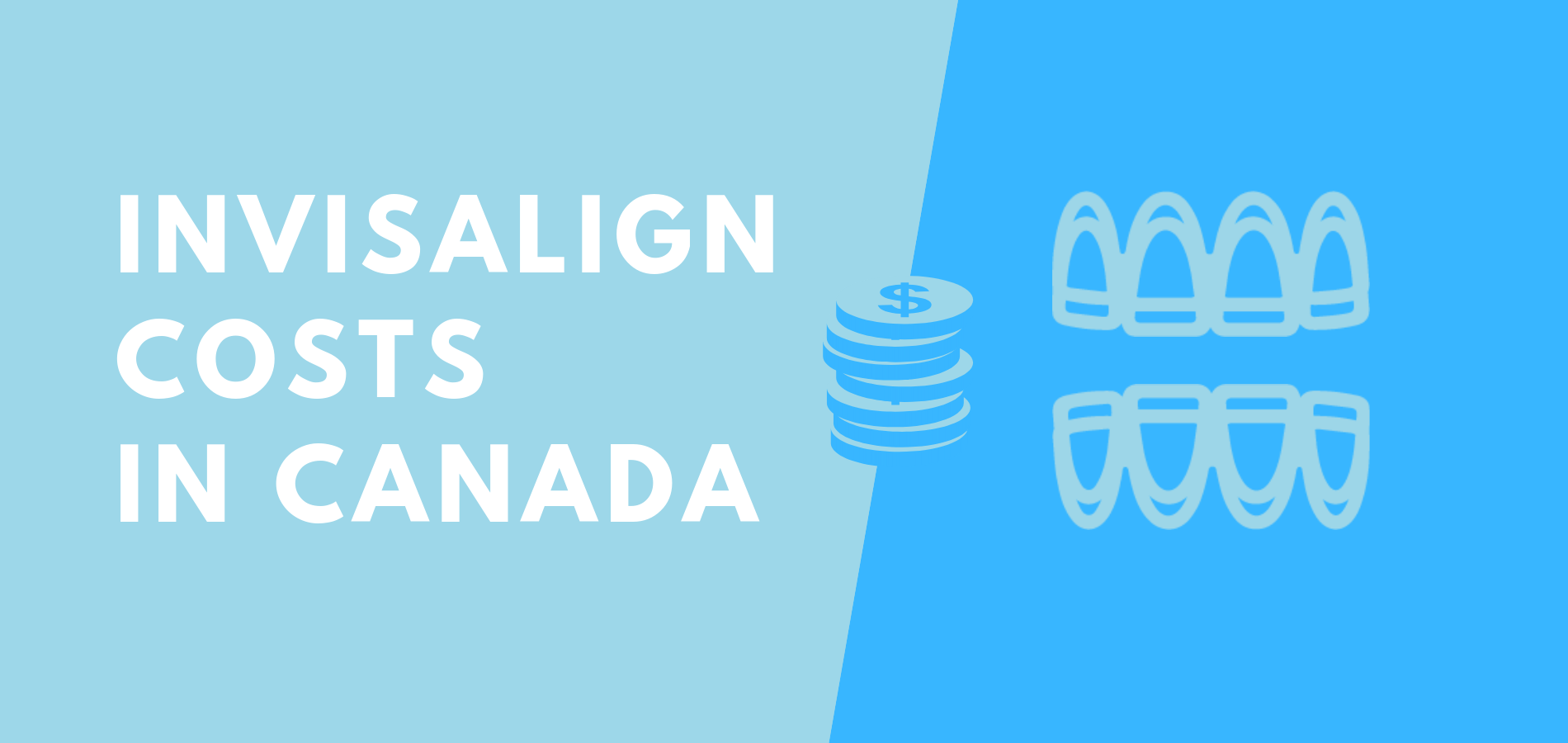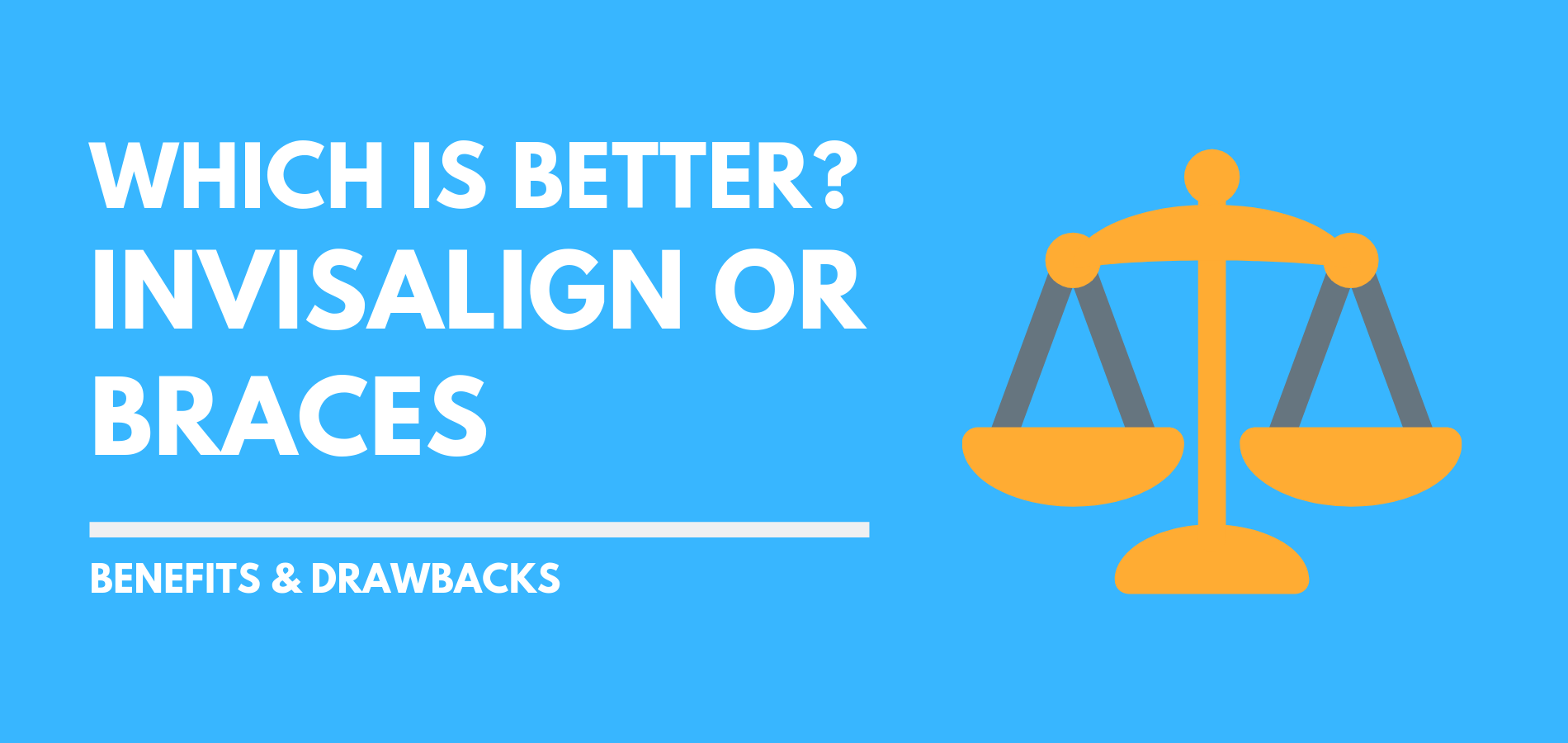Many Canadians have dental insurance through their employer or that they have purchased. The question is: Does their plan cover only basic dental treatment or also include more expensive restorative services? Read on to learn more about major dental work and how to determine whether your plan will pay.
What is major restorative dental?
First of all, let’s look at the dental services that basic insurance plans cover. Most focus on preventive care. In addition, they will pay for simple fillings.
The intermediate level of insurance, often called comprehensive basic services, will reimburse you for periodontal treatment, root canals and endodontics. They will also cover denture cleaning and repairs.
Top-tier insurance plans cover major restorative dental work. So what’s included in this? Typically, it can be crowns, bridges and orthodontic work.
What is considered routine dental care?
It depends on your insurance plan! Most basic insurance will cover preventive care, such as dental exams, cleaning and X-rays. It usually includes basic fillings.
In addition, your plan may specify the frequency of preventive services. You may visit the dentist every six months, nine months or some other period.
Minor vs major restorative dental
Minor restorative dental services address smaller portions of the tooth. The tooth is basically healthy and just needs some repair. This can include fillings, dental bonding, onlays and inlays.
On the other hand, major restorative work deals with teeth that are badly damaged or missing. Here are some major dental care examples:
Crowns: These are caps that placed on damaged teeth when fillings are no longer possible. They are used when the root of the tooth is still healthy and can be saved. Crowns are made from a variety of substances, including ceramic, gold and porcelain.
Bridges: When you are missing a tooth, a bridge serves to hold a replacement false tooth in place. The dentist will put crowns on the teeth on both sides of the false tooth. The bridge will keep the false tooth stable.
Implants: Implants are an option to replace a missing tooth. It involves surgery to place a metal post into the jaw bone. After a period of healing, a false tooth is screwed into the post. There are risks with this type of surgery, including infection at the implant site.
Are braces considered major restorative?
Orthodontics are generally considered to be separate from restorative dentistry. This field involves the correction of misaligned teeth. The most common treatment is for an orthodontist to put braces on the teeth for a period of several months or even years. In extreme cases, it may be necessary for the patient to undergo jaw surgery.
If you are a patient with a dental plan, the challenge is that insurance coverage can be minimal for braces. For example, braces are only covered in Sun Life’s most expensive plan – the Enhanced plan. And even then there are strict limits. Sun Life Enhanced will pay for 60 percent of orthodontics fees, up to a lifetime maximum of $1,500.
With orthodontics fees ranging from $3,000 to $10,000, this limit means that only a small part of the cost will be covered.
Is a root canal major restorative?
A root canal is a dental procedure intended to save an infected tooth. The infected pulp inside the tooth is removed and the root is cleaned and disinfected. It is then filled and sealed. A filling or crown is placed on top of the tooth.
It is generally considered to be a straightforward procedure. It is only considered major restorative if it is a complicated case.
Is there insurance that covers all aspects of dentistry?
In Canada, most insurers have three or more levels of dental insurance coverage. They often have different names, depending on the insurance company. Here’s what the typical plan will look like:
- Basic: Covers 60 to 80 percent of the cost of preventive dental care, such as cleanings, exams and X-rays. May include basic fillings. There is usually an annual dollar limit.
- Standard: This middle plan often covers the Basic services, plus some major restorative work.
- Comprehensive: This most expensive plan covers preventive services, major restorative dentistry and some orthodontic work. Reimbursement is usually capped at 80 percent; often less for orthodontics.
As you can see, there are many limitations with traditional dental insurance plans, including only covering a percentage of costs and annual limits.
Is there an alternative?
Yes, if you own a business a Health Spending Account is an excellent option. It allows you to submit medical, drug and dental receipts for 100 percent reimbursement. Here’s how it works: First, you pay the medical provider. Then, you send your expenses to the HSA administrator. Your company funds the spending and the administrator reimburses you personally. The company can claim the cost as a business expense. You do not have to report this as a taxable benefit on your income tax return. For your company, it will reduce the corporate income tax owing.
Major restorative dental work can be expensive!
Complex dental services can cost thousands of dollars. Most insurance plans will only cover part of the expense and usually have an annual limit. As a result, you may be out of pocket for large sums of money even if you have insurance. If you own a business, consider a Health Spending Account (HSA) as an alternative.





